If you are looking forward to the launch of Legends of Runeterra and can’t wait to put to good use all that card game knowledge that you’ve been accumulating since the days of Dragonball or Yu-Gi-Oh card games, then you’re in luck.
The game is going to challenge you in many ways, some of which are definitely new (even to the old timers). But for that, we have put together this Legends of Runeterra deck building guide to help you better understand how you need to build your deck and what kind of units you need to keep an eye out for!
By now if you’ve already played the game on PC, then you might be a little familiar with it – but soon enough it will be launched on mobile, so it can be played cross-platform.
But enough with the introductions! You’re here to learn more about the game, so let me dive into the Legends of Runeterra Deck Building Guide!
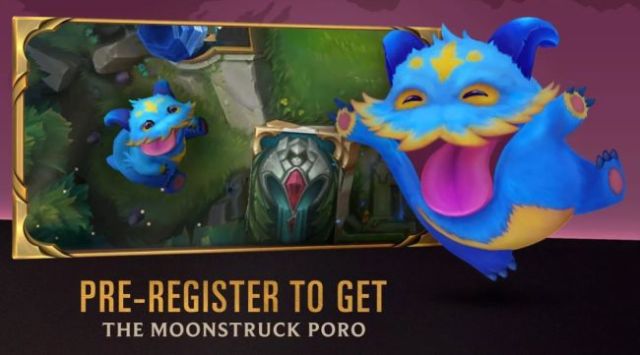
Low Mana cost cards are your best friend
Because at the very beginning you will be starting with 1 Mana available for spell casting and summoning, you should try to start using units even from the very beginning.
If you don’t start summoning with 1 Mana, it’s OK, but then try to have at least a few units with 2 Mana cost because I am pretty positive that your opponent will have.
If you have some good cheap units at the very beginning of the game, then you will have kind of an upper hand when it comes to attacking and defending because even if you don’t use them, you will have plenty of units ready and waiting for you while your opponent might have only 1-2.
My suggestion here:
– Because a deck has a 40 card limit, I suggest that if you really want a high chance of having some good 1-2 cost cards, then you should try to have around 5 of them 1-cost and 2-cost cards in the deck total, if possible. That way you will have a pretty high chance of drawing at least one at start.
– Try to leave 1 or so Mana each round because that will transform into Spell Mana which you can then store up and use for casting Spells. You can have a maximum of 3 Spell Mana, which is still super useful because along with the normal Mana that you get each round, you will be able to cast the expensive Mana Spell cards much sooner!
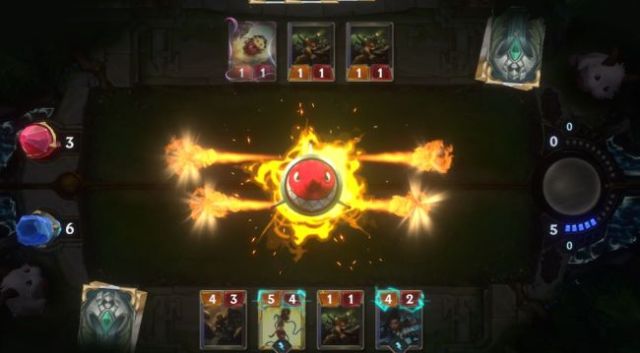
Use or do not use Champion cards
Now another important type of card that you need to keep in mind that you can use is Champion cards. You can have a maximum of 6 champion cards in your deck.
They can be different, but they must all belong to maximum 2 regions. That’s how the game is created – you can have cards combined from up to 2 regions.
You don’t have to use Champions in your deck, only if you really want to. They have some very specific powers, and they are the only cards in the game that can be “leveled up”. When a Champion card levels up, it will change its stats (ATK / HP) and become more powerful.
There are certain conditions cards need to meet in order to level up (for example “Tryndamere” card would level up when taking fatal damage, “Teemo” card will level up when placing 15 mushrooms in the enemy deck and so on).
But once they are upgraded, everything will change – not only their stats get better, but also the effect of their skill does.
It is not mandatory to have Champion cards in your deck. One of my favorite decks of all time has no Champion cards at all, and it’s a pretty strong one.
So think carefully, because usually when you add Champions to your deck you will have to build pretty much around them (in many situations) so think carefully and test out the deck multiple times before taking it to Ranked.
My tip here:
While there are some Champions who don’t exactly need you to build around them, there are others who do – you can try also building a deck with Champions who have strong individual prowess, such as Tryndamere and Garen, who are not reliant on the other cards.
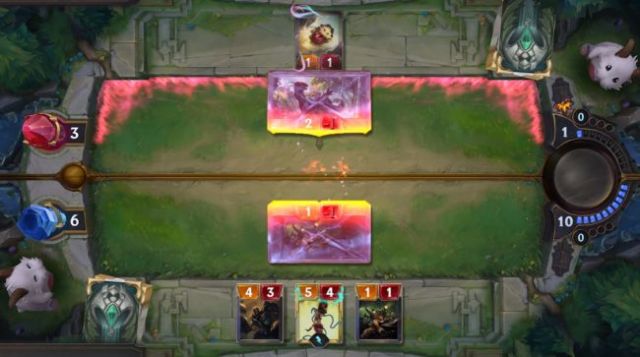
Learn the spells and use them!
There are several types of cards with spells which you can use. I will list below all the types of spells there are, and you can use them depending on the type of spell. Make sure that you learn these terms and remember them, because they can make or break a game!
– Fast spell (example Blade’s Edge, Radiant Strike, Vengeance): can be played at any time during the game, even when it is not your turn to attack and you are defending. They can be countered by spells which cancel them, but most of the time they will not be.
You can use Fast spells to try and take down enemy units when they are performing an attack. They are good for trying to negate enemy attacks or spells.
– Slow spell (example Haunted Relic, Trueshot Barrage, Warmother’s Call): These are the typical spells. They can be played only when it is your turn, and they do the effect that is written on them. Much like other spells, they can be cancelled or interacted with by the enemy.
You can’t play the Slow spells when you start the attacking phase, and you cannot use them when you are in the blocking phase.
– Burst spell (example Catalyst of Aeons, Ki Guardian, Entreat): This type of spells cannot be countered by the opponent and they will cast no matter what. They will take effect even when other Burst spells will be played which can interact with their effect.
Because Burst spells can also be played at any time, they are a good type of spell to keep on hand whe you attack/block because it might come in handy depending on the situation.
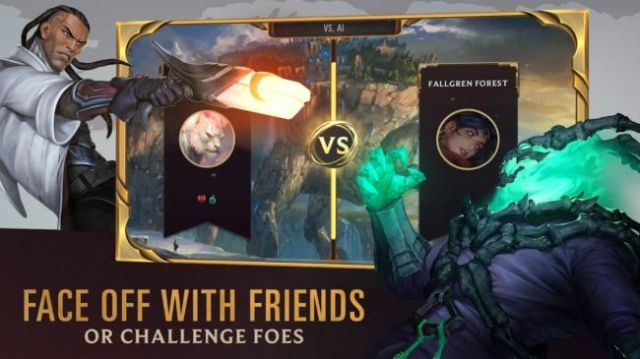
My tip here:
I really suggest that every deck should have a spell that can cancel the last enemy spell, because there are some pretty powerful spells out there, and such a spell can really help you out. One such spells is “Deny” which can cancel a fast spell, slow spell or skill.
Try adding at least 1-2 “Deny” spells to your deck, if you have slots, because they are super useful!
Learn the types of cards and their effects
Because there are just a million types of cards in the game, it’s good to know all of their effects and how they can be used to win a game.
Now there are some cards which can be super useful in combinations together, and others which don’t work so well. Let me give you a list of all of the card effects:
– Support: Gives the written effect to the unit on the right of this card when attacking.
– Last Breath: When this card / unit dies, it will cast the written effect.
– Lifesteal: The attacks from this card will heal the Nexus equal to the damage it deals (for example 4 ATK = 4 Lifesteal / 4 HP returned to Nexus).
– Overwhelm: Extra damage from this card is dealt to the enemy Nexus. (if card has 8 ATK and blocker has 6 HP, it will kill the blocker and deal 2 damage will go to enemy Nexus).
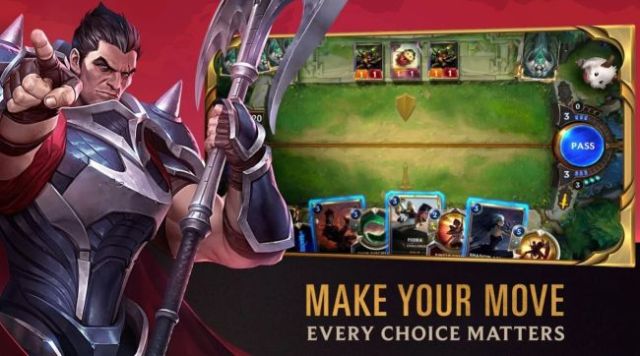
– Elusive: Can only be blocked by another Elusive unit. (it’s similar to “flying” units which can only be blocked by other “flying” units)
– Nexus Strike: Gain a specified effect when hitting the enemy Nexus.
– Challenger: When attacking with this card you can choose which unit blocks this ally by dragging and dropping the enemy onto the Challenger card.
– Regeneration: Heals lost health at the start of a round.
– Strike: Gain a specified effect when attacking an enemy.
– Can’t Block: This card can attack, but can’t block enemy attacks.
– Frostbite: The effect makes the attack become 0 for the round.
– Tough: Card taken some kind of shield that makes it take 1 less damage from all sources. (from example to kill a Tough card with 3 HP you will need to deal 4 damage)
– Enlightened: Triggers written effect when you reach 10 Mana.
– Ephemeral: When playing this unit, it dies after it attacks or when the round ends. If you have it in hand, nothing will happen until you actually play it.
– Fearsome: Can only be blocked by enemies with 3+ ATK.
– Double Attack: This card can attack twice but cannot defend.
– Barrier: Creates a barrier which nullifies any damage once.
– Quick Attack: When this card is attacking, it will strike the blocker first, dealing damage, and potentially killing an enemy before it deals any damage back.
– Stun: Basically makes a card useless for a round, unable to attack or defend.
– Play: This triggers the associated effect when a card is first played.
– Recall: Returns a card to your hand.
– Drain: This heals your Nexus for the written amount when used on an ally/enemy unit.
Try to remember all of these effects because they will definitely come in handy and will make it so much easier to win more matches, when using the right skill at the right time.
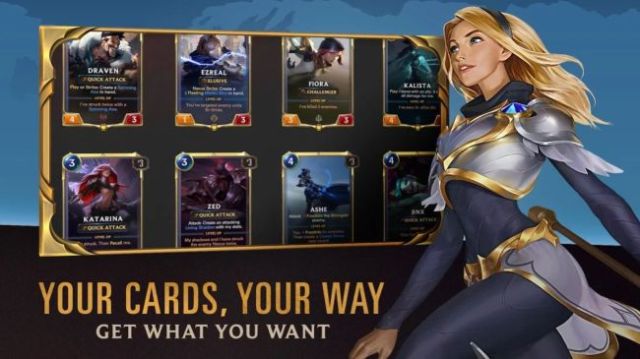
These are the basic Legends of Runeterra deck building tips that we have for you right now! Do you want to know some more useful game tips or have some suggestions of your own? Feel free to share them down in the comments section below!

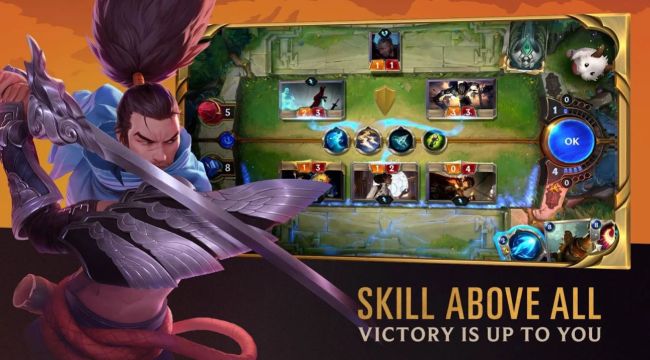

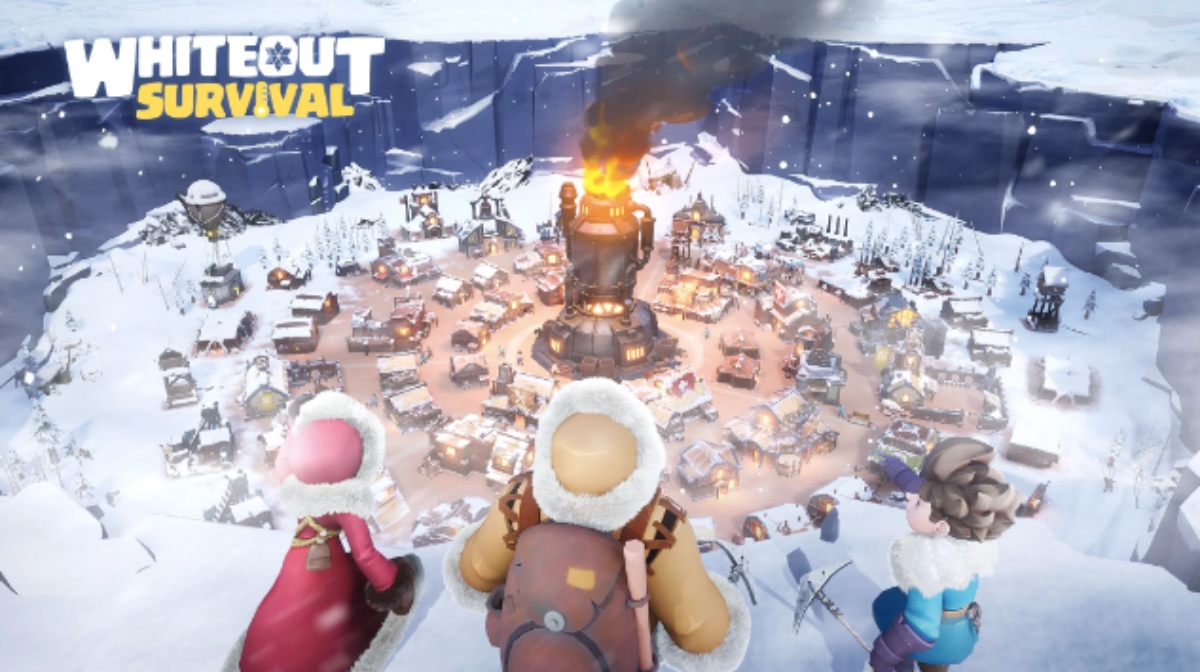
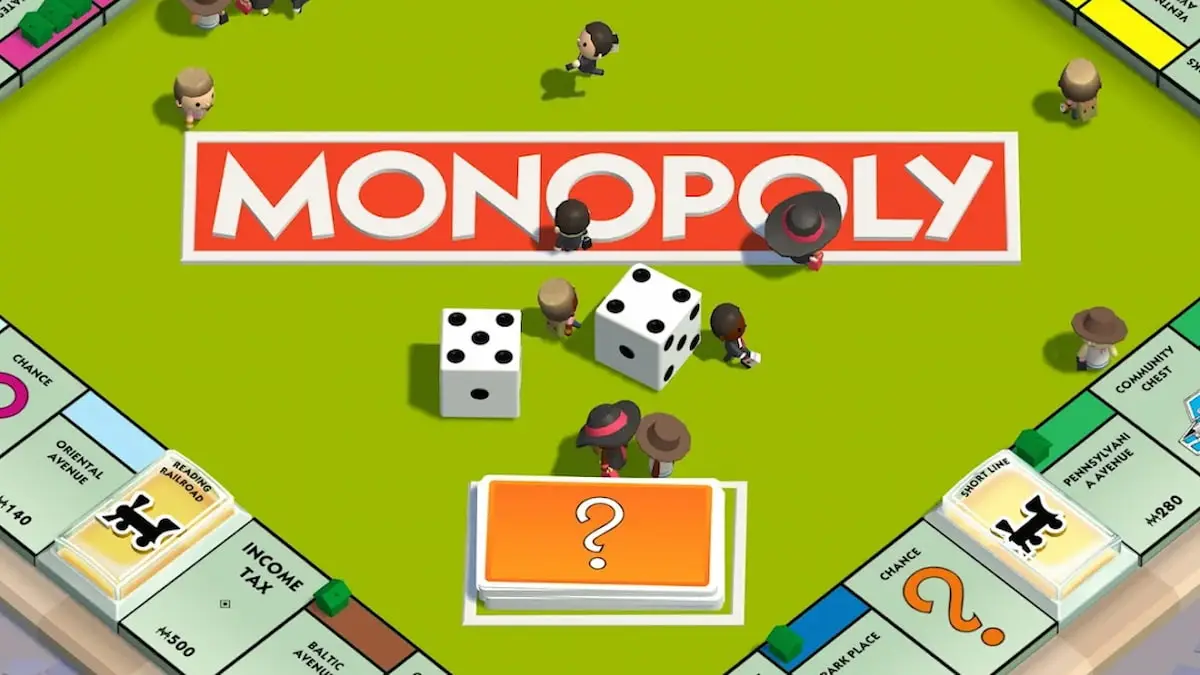
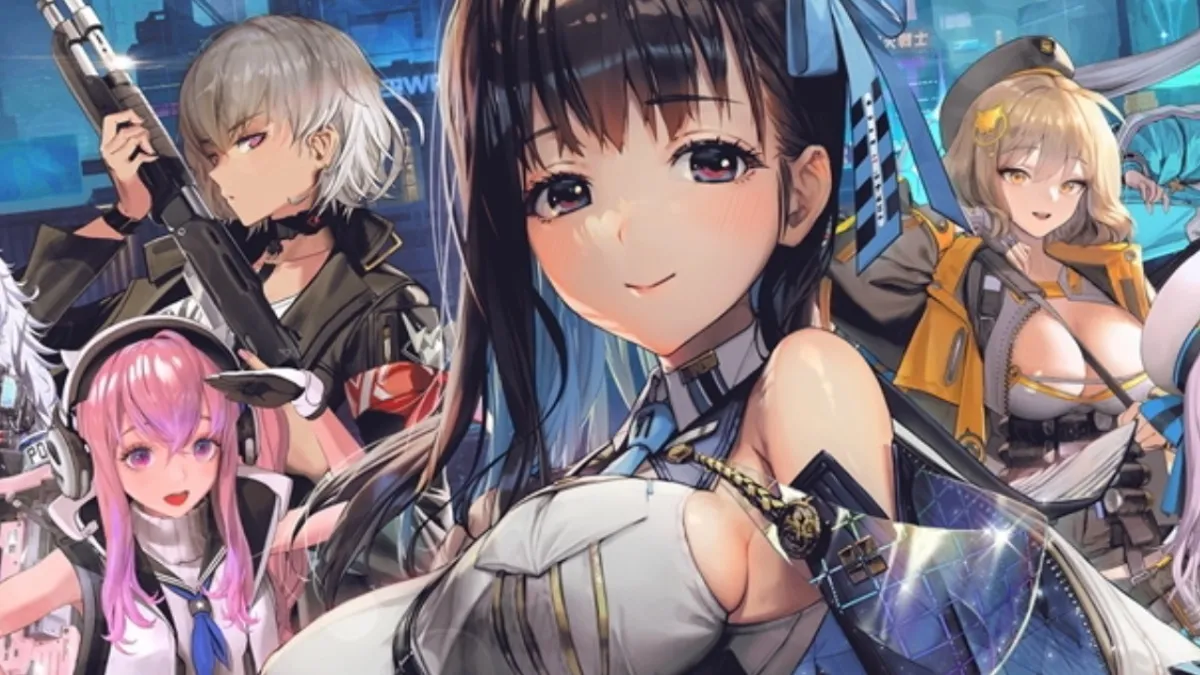
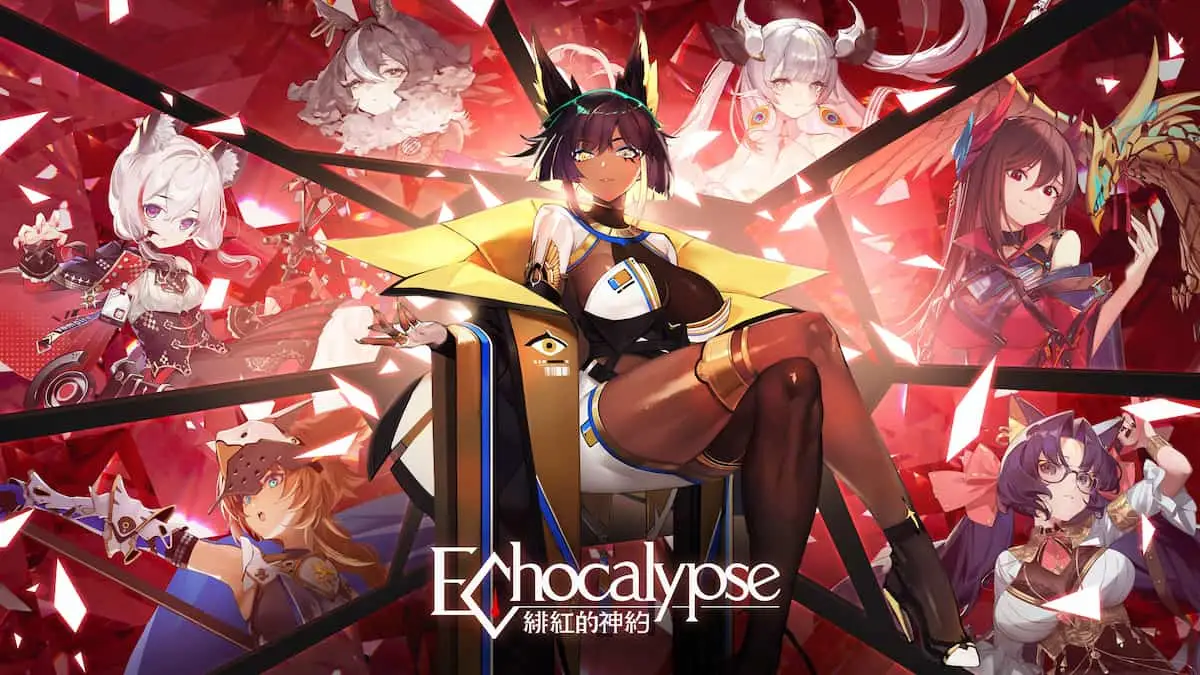
Published: Feb 3, 2020 12:50 pm